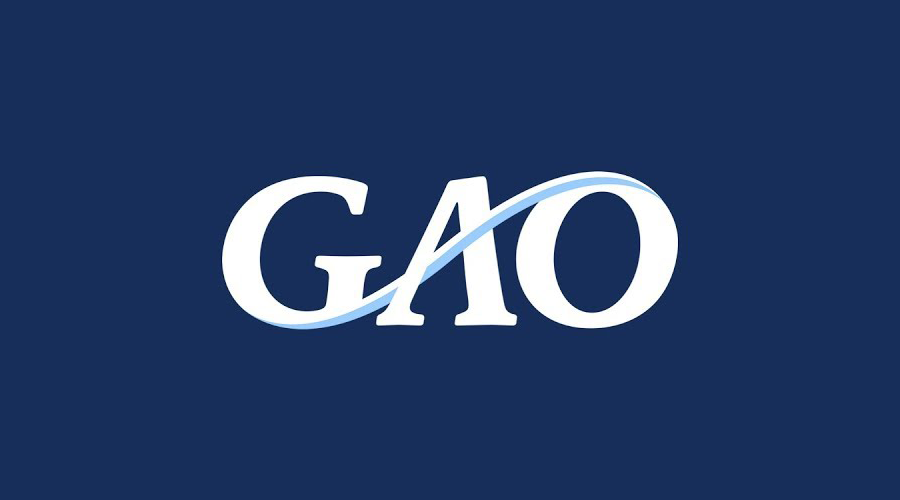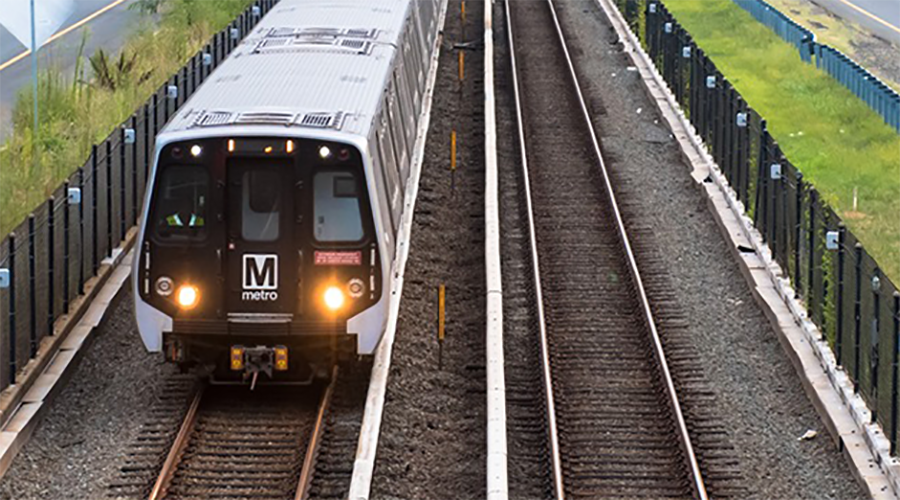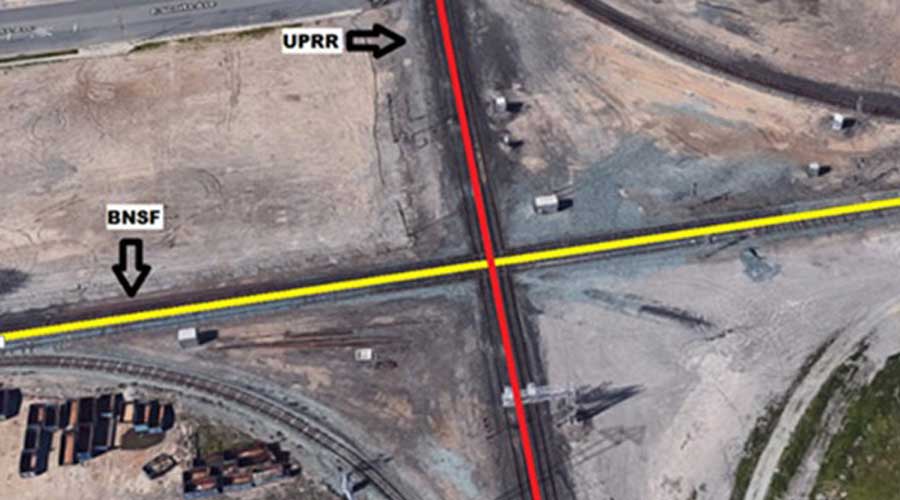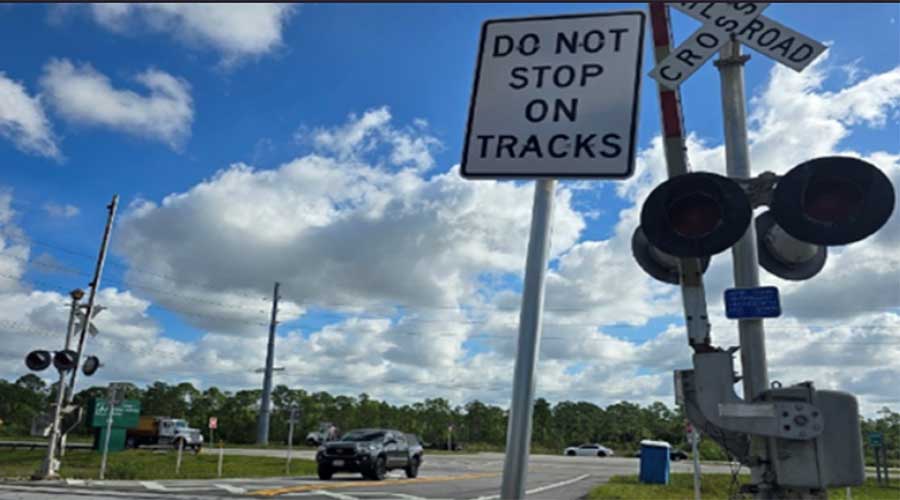Stay updated on news, articles and information for the rail industry
4/12/2023
Rail News: Federal Legislation & Regulation
GAO: Pandemic complicates ridership predictions for CIG-funded projects

The ability to accurately predict ridership levels for federal Capital Investment Grant-funded transit projects has been negatively affected by the COVID-19 pandemic, according to a new U.S. Government Accountability Office report.
CIG grant funding helps states and local municipalities plan and build transit systems. To qualify for grants, the agencies sponsoring the projects must provide ridership and capital cost predictions. The GAO found that in 2020, 86% of proposed projects recorded capital costs within 10% of predicted costs, but 48% of proposed projects recorded actual ridership levels within 20% of predicted levels, according to the report.
Due to the pandemic, public transit ridership has declined significantly since 2020, and recovery has been slow, according to the GAO. Project sponsors also expect ridership to remain below pre-pandemic levels in the near future because of the popularity of remote work.
It’s important for sponsors to predict ridership and capital costs as accurately as possible because the Federal Transit Administration, which oversees CIG funding, uses the prediction to determine whether proposed transit projects will deliver expected outcomes.
"FTA conducts risk assessments to determine the probability that various factors will affect the project’s costs, and project sponsors use this information to modify cost estimates,” the report states. “FTA also has developed an alternative approach to predicting ridership that enables project sponsors to use existing sources of data to quickly develop ridership forecasts.”
GAO reviewed eight projects as part of a "before and after" study included in the report. The agency focused on two of the sponsors, which reported actual capital costs were 14% and 9% lower, respectively, than predicted costs because of an unexpectedly favorable bid environment. However, both agencies reported actual ridership was 30% lower than predicted ridership due to overly optimistic travel mode assumptions.
Contact Progressive Railroading editorial staff.


 2025 MOW Spending Report: Passenger-rail programs
2025 MOW Spending Report: Passenger-rail programs
 Gardner steps down as Amtrak CEO
Gardner steps down as Amtrak CEO
 Guest comment: Oliver Wyman’s David Hunt
Guest comment: Oliver Wyman’s David Hunt
 Women of Influence in Rail eBook
Women of Influence in Rail eBook
 railPrime
railPrime







